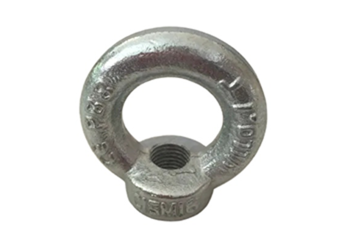Sep . 09, 2024 09:23 Back to list
all kinds of clamps
All Kinds of Clamps Essential Tools for Every Workshop
Clamps are indispensable tools in workshops, construction sites, and craft rooms. They serve the vital purpose of holding materials together securely during various operations such as cutting, gluing, drilling, and assembly. The sheer variety of clamps available on the market caters to different materials and projects, ensuring that there is a right tool for every job. In this article, we will explore the different types of clamps and their unique applications.
One of the most common types of clamps is the C-clamp. Recognizable by its C-shaped frame, this clamp is ideal for holding materials together while glue sets or during machining processes. The threaded screw allows for easy adjustment and a strong hold, making it a staple in woodworking and metalworking.
All Kinds of Clamps Essential Tools for Every Workshop
The pipe clamp is a versatile tool that utilizes a length of pipe to create a strong grip. By adjusting the position of the clamp on the pipe, users can easily alter the width of the clamp. This flexibility makes it suitable for both large and small projects, particularly in woodworking, where the capacity to hold panels securely is crucial.
all kinds of clamps

For delicate work, spring clamps are a fantastic choice. These clamps utilize a spring mechanism to provide a quick and easy way to hold lightweight materials together. They are often used in crafting, such as when gluing model kits or holding fabric in place during sewing projects.
F-clamps, similar to C-clamps but with a broader jaw reach, are another common sight in workshops. They offer the ability to apply considerable pressure, making them perfect for various clamping tasks, including woodworking and metalworking. Their design allows for quick adjustments without compromising on stability.
For specific tasks, corner clamps are designed to hold two pieces of material at a 90-degree angle. This functionality is essential for frame construction and panel assembly, ensuring precision in right angles that are crucial in many projects.
In addition to these traditional clamps, modern innovations have led to the development of toggle clamps. These clamps have a unique design that allows for quick fastening and releasing. They are widely used in jigs for repetitive tasks, providing efficiency in production settings.
In conclusion, clamps are essential tools that come in various types, each serving a specific purpose. From C-clamps and bar clamps to spring clamps and corner clamps, these devices enable craftsmen, builders, and hobbyists to achieve high-quality results in their projects. Understanding the different types of clamps and their applications is key to maximizing efficiency and ensuring precise work. Whether you are a professional tradesperson or a weekend DIY enthusiast, having the right clamps on hand is vital for success in any project.


